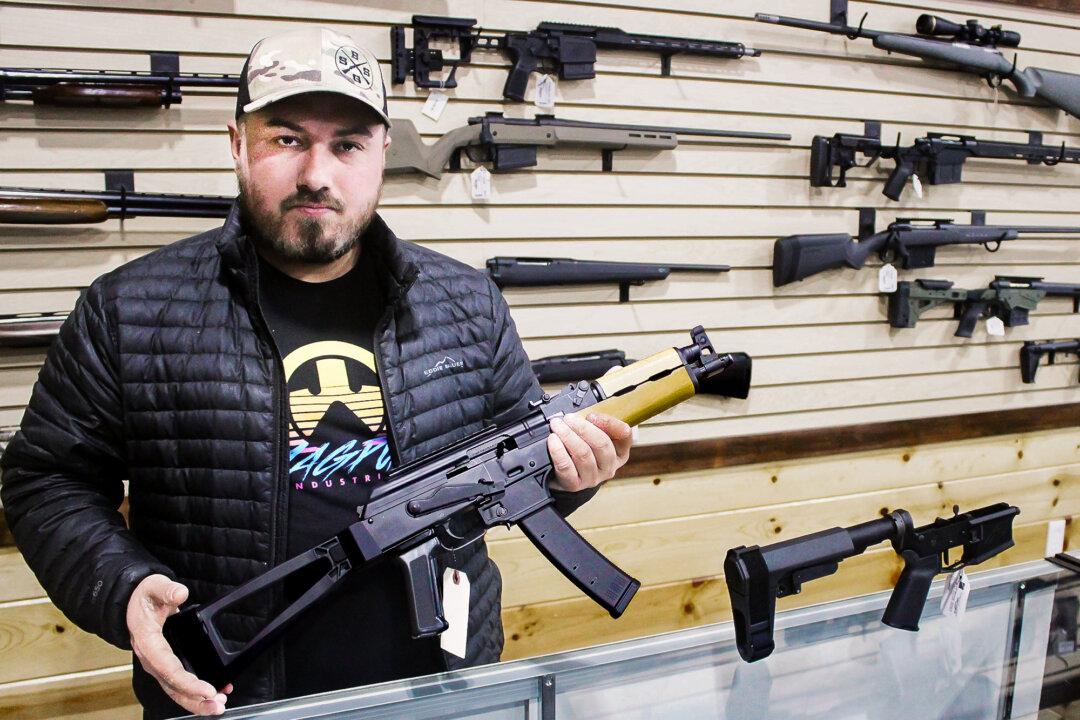A federal judge has blocked the ATF from enforcing its pistol brace rule for millions of members of the National Rifle Association (NRA) as the appeals process plays out.
It came after the NRA filed a lawsuit against the ATF, or the Bureau of Alcohol, Tobacco, Firearms and Explosives, arguing that the agency’s rule to reclassify the brace-equipped pistols as short-barreled rifles is unconstitutional.





